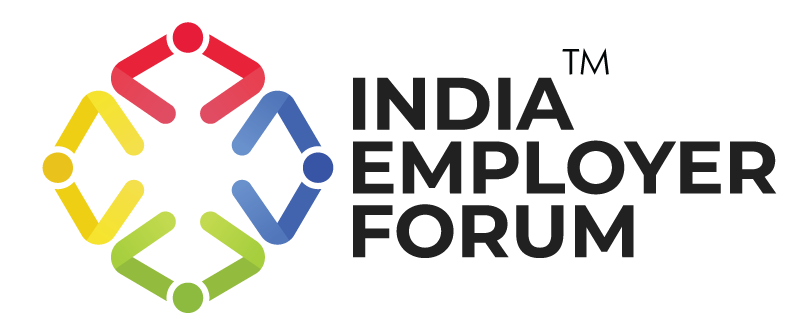Learning agility is quite simply the spirit of readiness. It may be being ready to experience and learn from anything that happens in life. From the human resource perspective, cultivating this is a key life-skill because it takes away the destructive power of the surprises life throws and speeds up growth and development in a community. Turning any experience around to make it instructive and useful for the future is a mindset that helps one grow. Learning agility helps individuals and the institutions they are allied with prepare for unexpected events and changes that are not in their control.
It is important to distinguish between pure intelligence and the intellectual ability that powers the agility mindset. Experts link learning agility to emotional intelligence. The good news is this mindset can be inculcated as a behavior – through repeated demonstration and practice.
You might also be interested to read: Upskilling And Reskilling: How Companies Must Stay Relevant
Why is learning agility important?
As any wise person would agree, change is the only constant. Learning agility wins the day because it takes the shock element out of a changeful environment. Anxiety over things that are prone to change – some that threaten the working population’s well being and survival – is natural. Mental and physical wellbeing are less under threat when one practices the virtue of flexibility.
Learning agility is internalizing this flexibility as a faculty. That means unlearning and relearning are also a part of this skill-set. When individual professionals recapture the flexibility and adaptability to turn their minds towards continuous learning, they help companies progress towards agile growth and lateral development. True practitioners of agility in the workplace are not fixated on any one idea; they are ready to work with the resources they have and gather more as they go.
The learning agility concept takes ambiguity as a premise. Consider the VUCA (Volatile, Uncertain, Complex, and Ambiguous) environment. It shows that there is a better way to understand the world of work and the macro-environment around it than the natural human tendency to get attached to a certain known economic conditions and circumstances.
Common traits of those who demonstrate agility in the workplace
- Ability and willingness to learn: These professionals seek out new roles, responsibilities of varying degrees and lengths, and do not shy away from trying out new things. This can be a new technology tool or being part of an experimental project.
- Planning and farsightedness: Being prepared for unlearning and relearning means these workers have plans and strengths marked out for future use. They are able to look ahead and make an educated assumption about the skills or disposition they would have to employ to thrive in an unfamiliar, vulnerable scenario.
- Responsiveness: Being proactive and alert is second nature to these workers. They do not waste time denying changing circumstances. Instead, they are quick to notice a changed need. They dedicate resources to trying new things actively.
These are the kind of resources HR leaders should seek to fill into managerial and crucial executive positions in an organization. They would promote learning agility as a guiding principle and would never hide behind convention.
References:
- What is Learning Agility and Why Organizations Should Make Their Employees Learning Agile | Disprz | Abhishek Jha | October 2020
- Learning Agility: What HR Professionals Need to Know | Digital HR Tech | Neelie Verlinden | January 2021
You might also be interested to read:
Related Topics:






